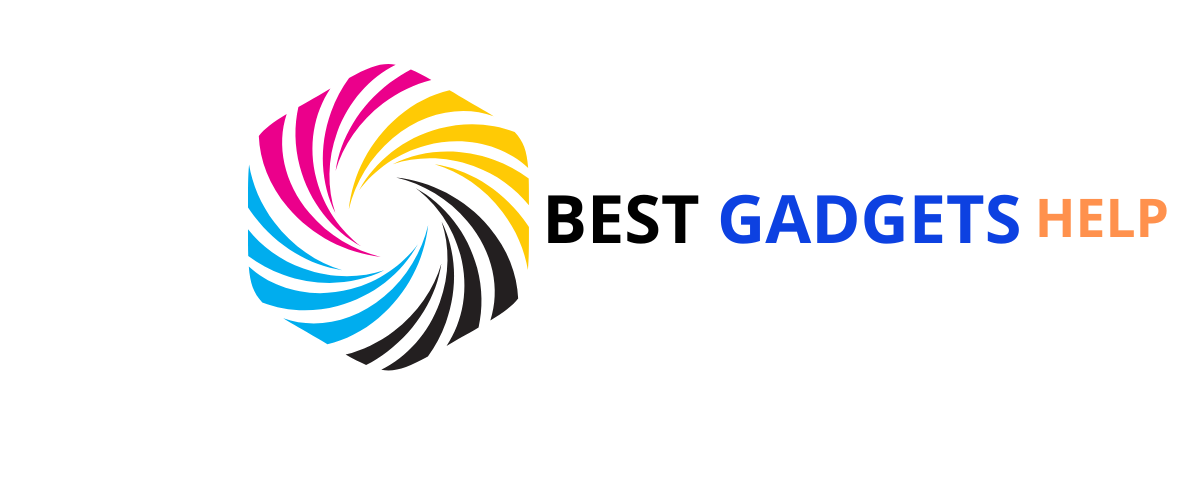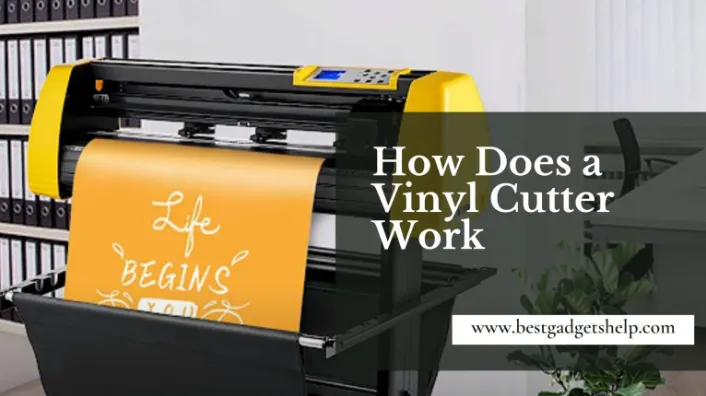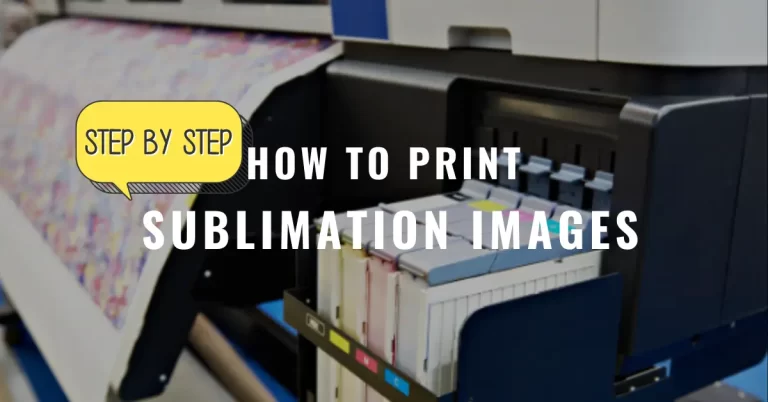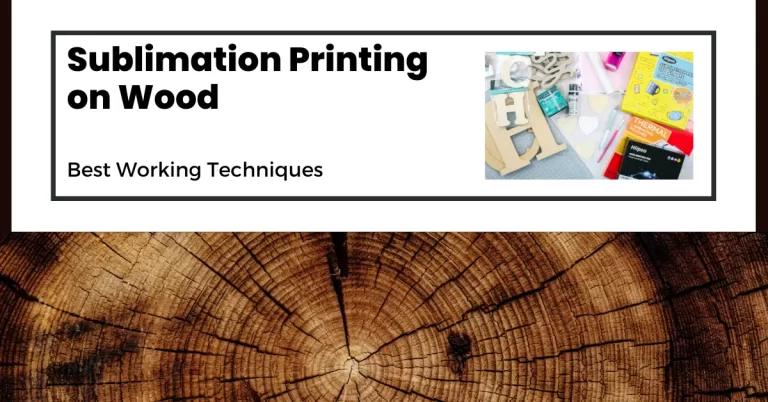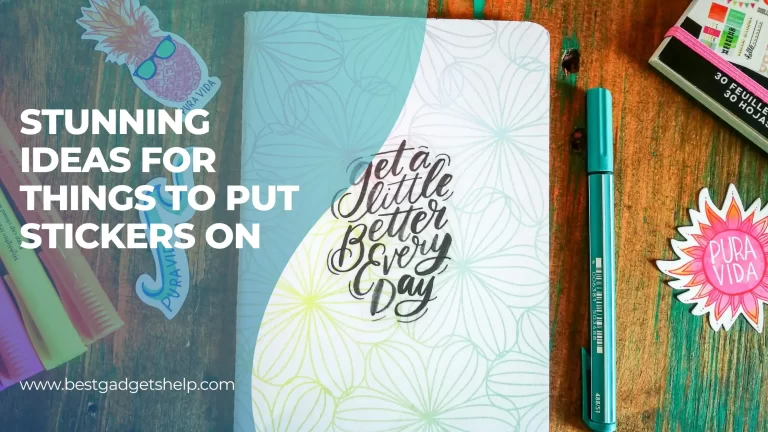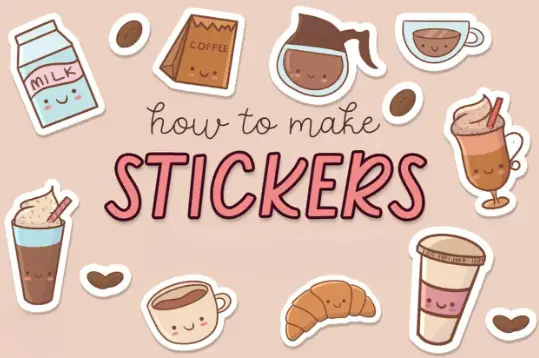Paper Types for offset Printing You Need to Know Updated Guide 2023
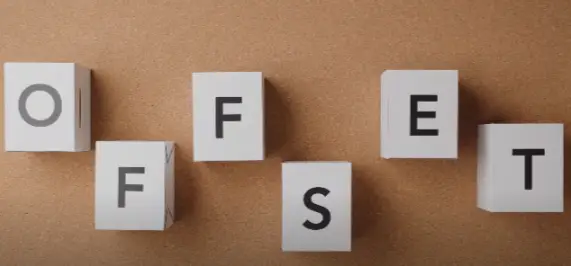
Looking For paper types for offset printing? Offset printing is a type of printing where the image is transferred from a plate to a rubber blanket, then to the paper. When used in combination with the lithographic process, which is based on the repulsion of oil and water, the offset technique employs a flat (planar) printing plate on which the image to be printed obtains ink from rollers, while the non-printing area attracts a film of water, keeping the non-printing areas ink-free.
It was once the most common form of printing but has been surpassed in popularity by digital printing in recent years. However, offset printing still has some advantages over digital printing that make it a popular choice for some businesses. In this blog post, we will discuss what offset printing is and the different paper types for offset printing.
When most people think of printing, they think of offset printing. Offset printing is a type of printing that uses plates to transfer the image onto paper. The advantage of offset printing is that it can print large quantities of prints quickly and efficiently. The downside is that it can be more expensive than digital printing, and the quality may not be as high.
Offset printing is best suited for large print jobs that need to be done quickly and efficiently. If you are looking for a high-quality print job, offset printing may not be the best option for you. However, if you are looking for a quick and efficient way to print large quantities of prints, offset printing is a great option!
Offset Printing vs Digital Printing:
Paper Types for Offset Printing
What is offset Printing Paper?
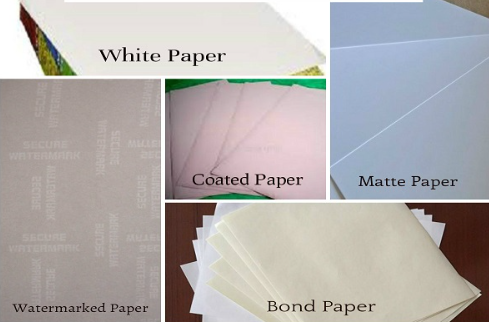
Offset printing paper is a type of paper that is specifically designed for use in offset printers. This paper is made from wood pulp and is coated with a variety of chemicals that make it resistant to moisture and ink. offset paper offers a lot of benefits, like high surface strength and durability. It’s also water-resistant which means you can take your pen or pencil to work without worrying about it getting ruined!
A major plus for this type of writing material is that the fibers inside have strong bonding qualities so they don’t move around when handled roughly by people who are reading through pages carefully as well as providing better dimensional stability than other types on the top-selling list today including laser printers.
How Offset Printing Papers are Manufactured
Offset paper is a durable, eco-friendly alternative to traditional print media. manufactured from wood pulp mainly sourced from softwood trees like fir and pine with some hardwoods mixed in for good measure! In both cases, these fibers have been processed so they don’t contain any lignin – which can cause yellowing when exposed to sunlight or other sources of artificial light (like electrical bulbs). The longer fiber length provides greater strength properties.
There are two types of offset printing paper:
- Coated
- Uncoated
Coated
Coated paper has a smooth surface that helps the ink to adhere to the paper. This paper is ideal for printing high-quality images and photos. This type of paper has a coating that makes it more durable and gives it a higher quality finish. The downside of coated paper is that it is more expensive than uncoated paper and can be difficult to print on both sides.
Uncoated
Uncoated paper has a rough surface that helps the ink to grip the paper. This paper is ideal for printing text or line art. The drawback of uncoated paper is that it can be difficult to print on both sides.
There are a few different types of paper that can be used for offset printing. The type of paper you use will depend on the project you are working on and the budget you have. Here are a few popular paper types along with pros and cons that can be used for offset printing:
Bond paper
This is a standard type of paper that is often used for offset printing. It is inexpensive and has a smooth finish, which makes it ideal for prints that do not need to be of the highest quality. The drawback of bond paper is that it can be difficult to print on both sides.
Glossy Paper
Glossy paper is the standard paper type for offset printing and is the most commonly used paper stock. This paper type is best for photos and images with lots of colors. The downside to glossy paper is that it can be difficult to write on, so it’s not the best choice for projects that require a lot of text.
Matte Paper
Matte paper has a dull finish and is not as glossy as glossy paper. This paper type is best for projects that require a lot of text, such as reports or manuals. Matte paper is also less likely to show fingerprints and smudges.
Cardstock
This type of paper is thicker than bond paper and has a more textured finish. Cardstock is often used for business cards, invitations, and other projects where a higher quality paper is required.
The downside to cardstock is that it is more expensive than bond paper and can be difficult to print on both sides.
What is the Difference Between Offset Printing and Digital Printing
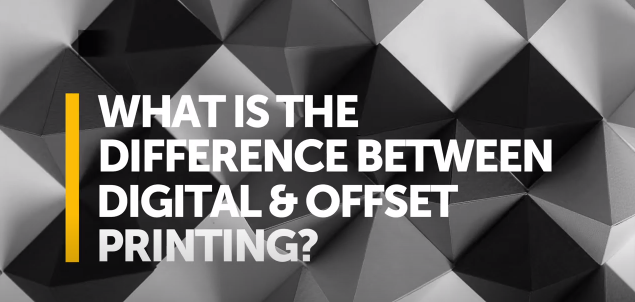
Digital printing refers to methods of printing from a digital-based image directly to a variety of media. It usually refers to professional printing where small-run jobs from desktop publishing and other digital sources are printed using large-format and/or high-volume printers.
Digital printing has become increasingly popular over the past few years because it is a more cost-effective option for small print jobs. The downside to digital printing is that it can be less efficient than offset printing for large print jobs.
Offset printing is a printing process where the image is transferred from a metal plate to a rubber blanket and then to paper. This type of printing is best for large print jobs because it is more efficient than digital printing. The downside to offset printing is that it can be more expensive than digital printing for small print jobs. Two types of offset printing machines are web offset presses and sheet-fed offset presses.
Web offset presses print on large rolls of paper that are then cut into smaller sizes. This type of press is best for large print jobs, such as newspapers and magazines.
Sheet-fed offset presses print on individual sheets of paper. This type of press is best for small to medium print jobs, such as business cards and flyers.
Digital printing and offset printing are two different types of printing that have their own advantages and disadvantages. The type of printing you choose will depend on the project you are working on and the budget you have.
For Which Businesses Offset Printing is Best?
Offset printing is best for businesses that need large print jobs. It is also best for businesses that need high-quality prints, such as photos or images with lots of colors. The drawback to offset printing is that it can be more expensive than digital printing for small print jobs.
Final Words
Summing up offset printing, and paper types of offset printing with pros and cons, I would say that Offset printing is a popular choice for businesses because it is quick, efficient, and produces high-quality prints. If you need a large number of prints, offset printing is the best option for you. However, if you only need a small number of prints, digital printing may be a better option for you.
FAQs
Q: What is offset paper used for?
A: Offset paper is commonly used for photos and images with lots of colors.
Q: What is the difference between digital printing and offset printing?
A: Digital printing refers to methods of printing from a digital-based image directly to a variety of media. Offset printing is a printing process where the image is transferred from a metal plate to a rubber blanket and then to paper.
Q: What are the sizes of offset printing papers?
A: Offset paper sizes vary depending on the printer. Some common paper sizes for offset printing are A0, A11, B0, and B11.
Q: What is the difference between web offset presses and sheet-fed offset presses?
A: Web offset presses print on large rolls of paper that are then cut into smaller sizes. Sheet-fed offset presses print on individual sheets of paper.
Q: offset paper vs art paper?
A: Offset paper is a type of paper that is commonly used for printing photos and images with lots of colors. Art paper is a type of paper that is often used for paintings or other art projects. Both offset paper and art paper have their own advantages and disadvantages, so it really depends on the project you are working on.

I am Mason, a Team Leader & Writer, a proactive and collaborative individual who works closely with my team to achieve shared goals. I am skilled in managing projects and am able to lead my team to success by setting clear expectations, providing guidance and feedback, and fostering a positive and productive work environment. I have a deep understanding of printers, sticker printers, label makers, sublimation, and craft markets, and use my knowledge to produce high-quality content that is both informative and trusted for the readers.
